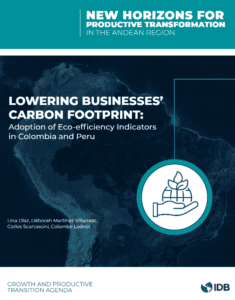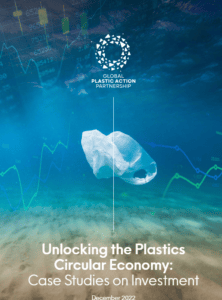Capital equipment is the buildings, machines, and infrastructure we use to keep our societies running. It includes everything from computer servers to medical scanners, power plants to cars, trains, and ships. They are generally expensive to produce, and they are products that are designed, built and acquired to last, often staying in use for several decades.
A circular economy for capital equipment is important because its production uses 7.2 million tons of raw materials every year, including large amounts of high value metal and mineral resources. Because of the higher value at stake, the capital equipment sector is leading the way in many aspects of the transition to a circular economy. For example, their customers, mostly in a business-to-business setting, are more used to service-based business models which can lead to higher circularity. This means capital equipment can offer important lessons to other industries.
The Circular Economy Action Agenda is a rallying call for businesses, governments, and civil society to work together to accelerate the transition to a circular economy.





